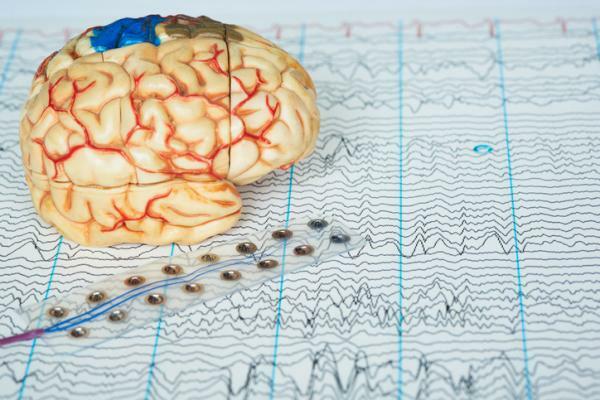
Psychology has looked for tools or techniques that allow to face the different psychological problems that arise. In Psychology-Online we explain what is electroshock therapy, one of the therapies that are still used for the treatment of different psychological pathologies, a method in which patients are induced to small electrical charges to achieve a change in their neurochemistry.
This therapy has its origin in aversive techniques of psychiatry (currently called ECT / electroconvulsive therapy) is used to treat mental disorders such as depression and schizophrenia.
Where does this therapy come from, a technique that is obviously a bit cumbersome? When medicine began to be done electroconvulsive or electroshock therapy It was at the beginning of the twentieth century, and at that time there were no useful medications or drugs, that is, they were they had the same pathologies or symptoms as now but with a complete absence of treatments effective. By then, in 1924, Von Meduna examined brain tissue in epileptic and schizophrenic patients and observed an antagonism between them. Nyro, in 1929 proposed the treatment of epilepsy using the blood of schizophrenics, and Jablousky, considered that the
First, therapies were used insulin shocks. In 1935 M. Sakel used insulin in the withdrawal syndrome of morphinomania and found that excessive doses produced hypoglycaemia that caused a favorable psychic and character change. Later Sakel began to use insulin comas as therapy in schizophrenia. But due to the high mortality rate that occurred, the classic Sakel technique had modifications, where the most used is the one proposed by Von Meduna, the association of insulin with cardiozole.
Currently, this type of therapy is used as the last option of intervention. It is generally used when patients have not observed any type of adequate response to the treatments to which they have been subjected. Although currently electroshock therapy is much more harmless, it is used mainly or only with patients who have not manifested any type of favorable response; electroshock therapy is then a procedure that is carried out under general anesthesia and consists of sending small electrical currents through the brain, in order to intentionally induce a brief seizure and achieve neuronal activation. Different authors and researchers propose that electroshock therapy causes changes in brain neurochemistry that can quickly reverse the symptoms of some psychopathologies.
Electroconvulsive therapy has presented Favorable results in the treatment of depression; As described in the journal Psychiatry (2006), the physiological areas that are evidently altered in depressive disorders (the HHS axis «axis hypothalamic - pituitary - adrenal »and the areas involved with the 5HT receptors« serotonin receptors ») obtain a rapid change in favor of their correct functioning.
When using electroconvulsive therapy, a significant increase in gray matter has been detected in certain areas of the brain (hippocampus, amygdala, and bilateral parahippocampal cortex) located in the lobe medial temporal. These areas are involved in the appearance of the symptoms of depression and it has been observed that, when the gray matter is increased in these points, improve depressive symptoms.
Currently, electroshock therapy is called electroconvulsive therapy (ECT) and is still used as the last resort of interventionfor resistant pathologies or that they have not presented any favorable change in the health of patients who have received psychotherapeutic or pharmacological treatment. Although currently its methodology has changed, using sedatives and muscle relaxants to avoid pain or bodily harm, it is still considered an aversive therapy.
This article is merely informative, in Psychology-Online we do not have the power to make a diagnosis or recommend a treatment. We invite you to go to a psychologist to treat your particular case.


